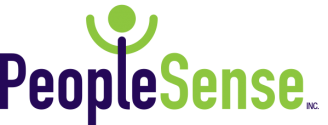Talent management introduces new strategic goals to streamline hiring and leadership succession processes using the employee lifecycle model.
Using the employee lifecycle model, HR guides employees through each stage of their career with the company from competency-based recruitment to career development, through termination/transition.
During each phase, HR strives to measure and manage employee performance through training, feedback, and support.
Talent management is a key component to business success in the current economy as it allows companies to retain top talent while increasing productivity.
Despite the accepted trend toward integrated talent management systems among most enterprise and many mid-sized organizations, over 25 percent of organizations still have talent processes that are developed and managed individually, with practices and systems that are “silo-ed” and have little or no coordination across processes.
True integration can only happen when you understand and incorporate best practices that fit squarely within the needs of your unique business and culture. This seldom happens all at once. Instead, most organizations layer on core performance and learning management processes one step at a time.
As you design each component of an integrated talent management strategy, be sure to blend a variety of development-driven activities into each step.
For example, with the performance management process, shift the focus from a once-a-year performance appraisal driven primarily out of HR to a continuing, year-round organizational cadence of activity that includes coaching and development in addition to performance feedback and appraisal.
Learn more about designing your integrated talent management strategy in the “Best Practices in HR: Five Steps to Advance Your Mid-sized Company’s Talent Management Strategy” white paper.



Recent Comments